A culvert bridge is a small structure that allows water to flow under a road or walkway. It is like a tunnel or pipe placed under the road to allow drains or rain water to pass through without damaging the road. These bridges are generally made of materials such as concrete, steel or plastic and help prevent floods and erosion. These are commonly used where roads need to cross small ditches, streams or drainage areas.
Types of Culvert Bridges
There are many types of culvert bridges, but in the construction field, the four major types are box culverts, pipe culverts, arch culverts, and slab culverts. Each type is designed for specific applications and water flow requirements.
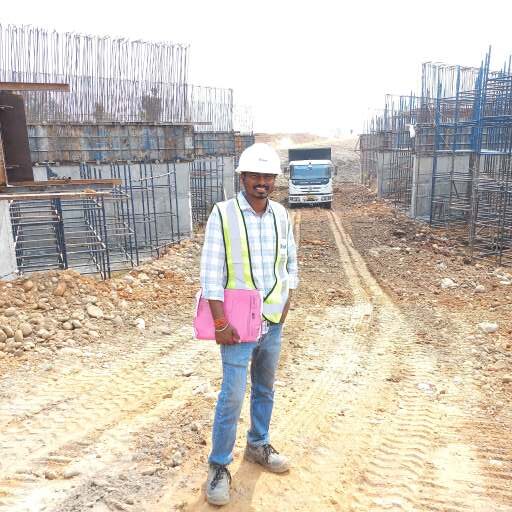
Box Culvert bridge
A box culvert bridge is a rectangular-shaped tunnel made of concrete that allows water to flow under a road or path. It helps prevent flooding and keeps the road safe and dry. Box culverts are strong and can handle heavy traffic.
Box Culvert bridge: Made from precast concrete or cast-in-place concrete, featuring a rectangular shape.
pipe culvert bridge
Pipe culvert A bridge is a round tunnel made of materials such as concrete, steel or plastic that allows water to flow under a road or walkway. It helps prevent flooding by diverting water away from the road, keeping it safe and dry.
Pipe Culverts: Circular pipes made of materials like concrete, steel, or plastic.
arch culvert bridge
An arch culvert bridge is a curved tunnel, usually made of concrete or stone, that allows water to flow under a road or path. The arch shape makes it strong and able to support heavy loads while letting water pass through safely.
Arch Culverts: Arch-shaped structures often used in larger applications.
slab culvert bridge
A slab culvert is a flat, bridge-like structure made of concrete that allows water to flow beneath a road or walkway. It consists of a concrete top slab supported by walls that allow water to pass through while supporting the road above.
Slab Culverts: Flat-top structures suitable for shallow water crossings.
What Are the Primary Components of Culverts?
here are the main parts of a culvert explained simply:
- Inlet: The opening where water enters the culvert.
- Outlet: The opening where water exits the culvert.
- Barrel: The main tunnel or pipe that water flows through.
- Headwalls: Walls at the ends of the culvert to keep it stable and prevent erosion.
- Wingwalls: Angled walls that help guide water into and out of the culvert.
- Apron: A flat surface at the inlet and outlet to stop soil from washing away.
- Foundation: The base that supports the culvert and keeps it steady.
What are the benefits of a culvert?
Culverts are like tunnels for water under roads and pathways. They help water flow smoothly, prevent flooding, stop soil from washing away, protect roads, and give animals safe ways to cross. They’re simple, cost-effective, and good for nature.
Water Flow Control:
Culverts are like tunnels that let water flow under things like roads or pathways. They help when it rains a lot because they let the water pass under the road instead of flooding over it.
Stop soil Erosion:
When water flows over the ground, it can wash away soil, which is called erosion. Culverts help stop this by guiding the water away from places where it can cause erosion, like the sides of roads.
Good for Nature:
Culverts help keep nature happy too. They keep water flowing naturally, which is important for plants and animals living nearby. culverts are basically tunnels for water that do a lot of good things for people and the environment!
benefits of culvert bridge
The benefits of culverts are significant, ranging from controlling water flow and preventing soil erosion to protecting roads and providing safe passage for wildlife. They are simple, cost-effective solutions that contribute to flood prevention, erosion control, and habitat preservation. Ultimately, culverts serve as essential elements in infrastructure development, water management, and environmental conservation efforts, making them indispensable assets in both urban and rural landscapes.
conclusion
Culvert bridges are like tunnels for water under roads, available in various types such as box, pipe, arch, and slab culverts. They prevent flooding and erosion by guiding water away from roads, ensuring safety. Culvert components include inlets, outlets, barrels, headwalls, wingwalls, aprons, and foundations, working together to manage water flow efficiently. These structures not only protect infrastructure but also provide safe passages for wildlife. Simple and cost-effective, culverts are crucial for managing water in both urban and rural areas, contributing to flood prevention, erosion control, and environmental conservation efforts. They’re vital for maintaining road safety and preserving natural habitats.
What are the main types of culvert bridges?
Culvert bridges come in various types, including box culverts (rectangular-shaped), pipe culverts (circular pipes), arch culverts (curved tunnels), and slab culverts (flat structures). Each type serves different purposes based on water flow requirements and structural needs.
How do culverts prevent flooding and erosion?
Culverts guide water away from roads and pathways, allowing it to flow smoothly underneath. This prevents flooding by diverting excess water and helps to control erosion by preventing soil washout along road edges or embankments.
What role do culverts play in wildlife conservation?
Culverts provide safe passages for wildlife to cross under roads, reducing the risk of vehicle collisions and maintaining habitat connectivity. By allowing animals to move freely, culverts contribute to preserving biodiversity and ecosystem health.

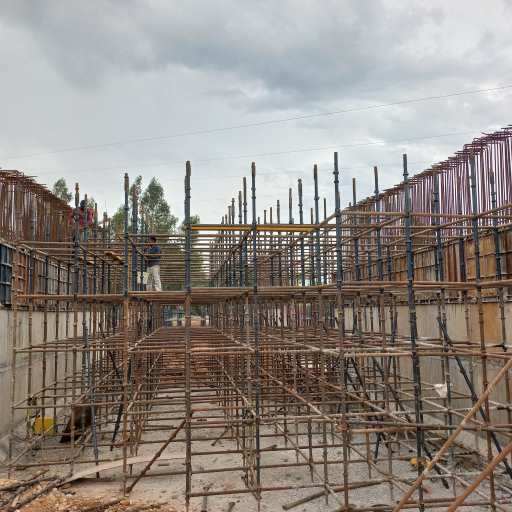
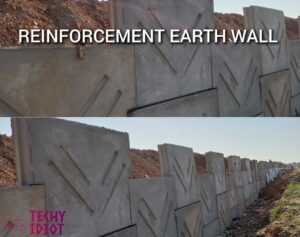
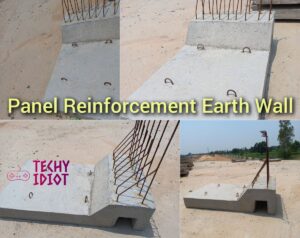
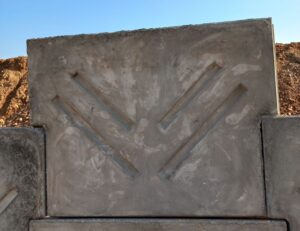
[…] are ideal for smaller flow rates, offering cost-effective and easy installation. In contrast, box culverts, with their rectangular shape, handle larger volumes of water and provide superior load-bearing […]
[…] the existing terrain, road conditions, and drainage patterns. This survey helps in planning the underpass alignment and approach roads […]
[…] shuttering plates varies based on their intended use and the structure being constructed. Different construction projects and load requirements necessitate varying thicknesses to ensure adequate support for the concrete […]
[…] we delve into the critical factors influencing culvert design, including hydrological analysis to manage water flow, structural requirements to ensure […]
[…] high-rise buildings, culvert bridges, and industrial structures have successfully utilized hunch plates to improve their structural […]